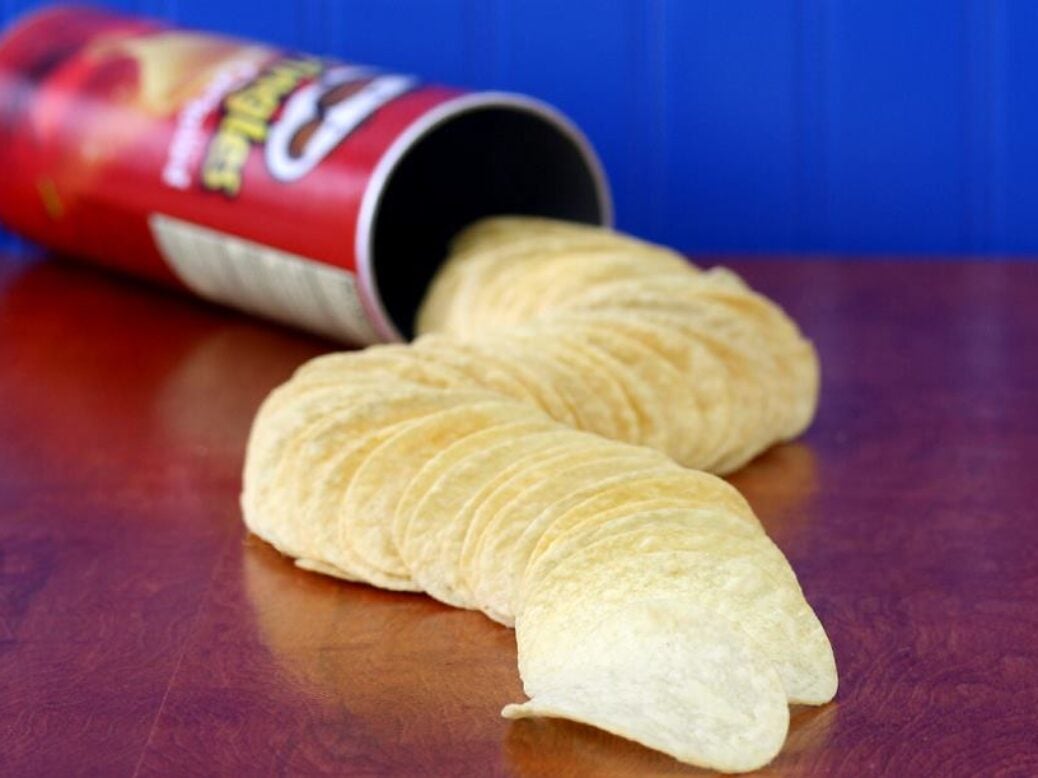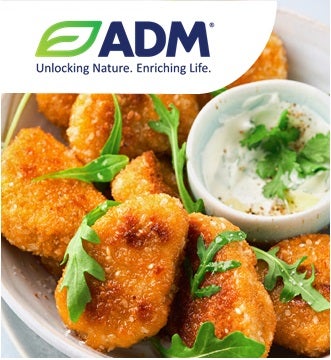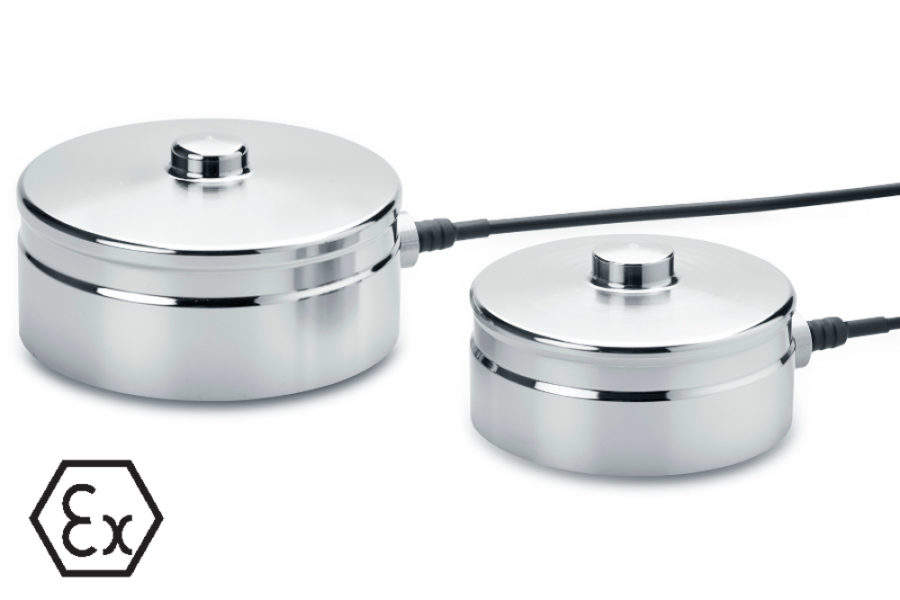
Kellogg has doubled the breakfast cereal and snacks maker’s organic growth outlook on the top side after a better-than-expected first-half performance.
The Pringles crisps and Cheez-it crackers owner said sales in the three months to 2 July were led by demand for global snacks, its largest business, and noodles and cereal in international markets, with Kellogg hinting at the benefit from pricing to help offset higher input costs.
Second-quarter sales increased 12.2% on an organic basis to US$4bn, with “strong momentum in snacks and emerging markets”, Kellogg reported yesterday (4 August). Organic growth was 8.2% in the first six months, with sales of $7.7bn.
Kellogg’s latest results are the first since the company announced in June a separation of the business into three individual operations – snacking and international cereals and noodles; cereals centred on the US, Canada and the Caribbean; and plant-based foods housing the MorningStar brand, which Kellogg indicated could be put up for sale after the spin-off.
Despite the reorganisation, chairman and CEO Steve Cahillane said today “we remain laser focused on delivering on this improved outlook”, which also includes upward revisions to operating profit and earnings per share.
“Our improved full-year outlook incorporates not only our better-than-expected results of the first half, but also confidence in our ability to continue to manage through the current supply and cost challenges, while sustaining momentum in our world-class brands,” he said.
Full-year organic sales growth is now expected at 7-8%, compared to an earlier estimate of 4%, “reflecting better-than-expected growth in the first half, as well as revenue growth management actions and good in-market momentum, particularly in snacks and emerging markets”.
Operating profit, which grew 9.9% and 3.7% over the reporting periods, respectively, is envisaged to expand 4-5% on a currency-neutral basis, instead of the earlier guidance of 1-2%, with “continued high-cost inflation and resumption of investment in the second half” factored in.
Cahillane explained on a post-results call with analysts: “We continue to mitigate the margin pressure created by decades-high cost inflation, and bottlenecks and shortages evident across the entire economy. Our productivity initiatives continue to work and our revenue growth management actions continue to be effective. As a result, we remain on an upward trajectory for operating profit.”
Finance chief Amit Banati outlined how the 13.7% benefit in second-quarter price/mix was mostly led by the former, but volumes were down 1.5%. The decline was more pronounced over the first half, with volumes falling 3.6% based on price/mix of 11.8%.
“Volume remained pressured in quarter two by bottlenecks and shortages but the decline was more moderate than expected,” the CFO said, noting “price elasticity did not increase as much as we had anticipated”.
Banati said gross input-cost inflation is likely to be in the “high teens” for the full year, adding it is now probably verging on the “absolute top end of that range”.
He continued: “Incorporated in our guidance is a continued acceleration in inflation. While the spot rates have moved down in some commodities – we’re largely hedged for 2022, so we’re not going to see any benefit – it’s important also to note that while the spot rates have moved down, they continue to be higher than averages for this year. And so we’ll continue to see and plan for inflation into 2023.”
However, input-cost inflation is likely to “remain ahead” of the Special K and Rice Krispies maker’s revenue growth management efforts, Banati explained, adding that he does not expect to see a “moderation in bottlenecks and shortages until quarter four”.
Weakness in foreign currencies against the US dollar is also increasingly being reported as another headwind for packaged food companies with overseas sales and operations.
“During the quarter, we saw a strengthening in the dollar against most currencies, particularly the pound and the euro,” Banati said. “We saw an impact of about 3% to 4% across net sales, operating profit and EPS. I think for the full year, based on exchange rates today, I’d estimate around a 3% impact.”
EPS was another metric upgraded today by Kellogg, which raised the growth outlook to 2% on a currency-neutral basis, from 1-2% previously. In the second quarter, EPS rose 7.9% to $1.23 and was up 5.4% at $2.23 for the year to date.
Kellogg is also seeing a faster-than-expected recovery in US cereal ahead of the business separation. The company lost market share after a wave of strikes at four ready-to-eat cereal plants, a dispute that was resolved in December after almost three months. A fire then broke out at another cereal factory, the East Hempfield Township site in Pennsylvania, also in December.
“Our North American cereal business continues to replenish inventory, both ours and that of our customers, leading to gradual resumption of commercial activity and recovery of share,” Cahillane said.
And he added a caveat in the testing environment where consumers are getting squeezed from worsening inflation: “The category is quite healthy, it’s versatile, it’s showing, especially in challenging times, that it is a very affordable meal for people. A bowl of cereal with a glass of milk is $1 and that’s really helping the category.”



